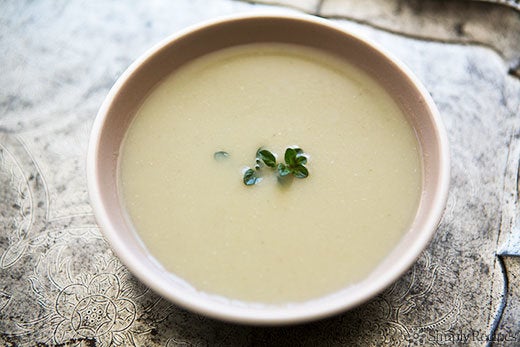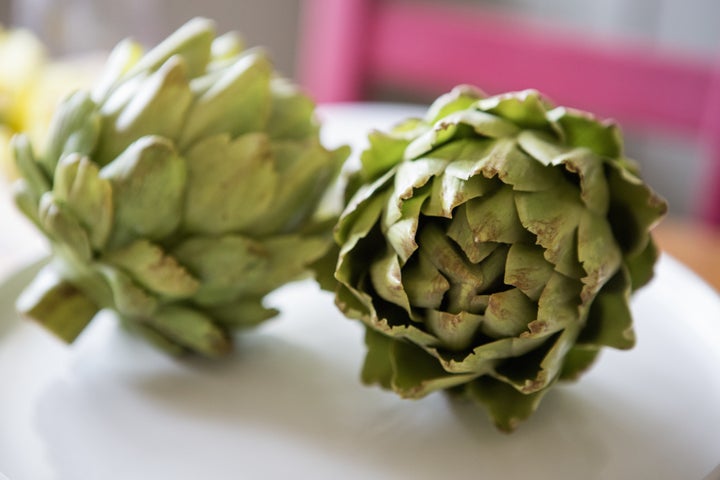
Artichokes are one of the jewels of springtime produce. But rarely do home cooks make them. It’s understandable ― their spiny leaves can be intimidating, both on the outside and the inside. But there’s something you should remember: you’ve got the upper hand because you’re wielding a knife.
With a knife in one hand and an artichoke in the other, you can rid this vegetal flower of its prickly leaves in one efficient chop of the knife. The first step: Just lay the artichoke on its side and chop off the top quarter. That will cut off most of the ends of the leaves. For leaves found closer to the base that still have their prickly tips, just snip off those tips off with kitchen shears.
Ta-da, your artichoke is now harmless.
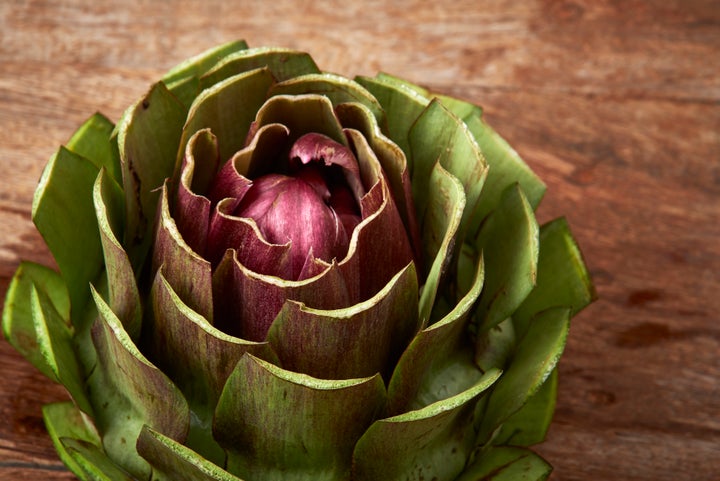
Now that you’ve taken care of the outer leaves, there’s just one more challenge to face: getting rid of the sharp fuzz that protects the heart deep inside the artichoke. The heart is the best part, and the artichoke knows this and fiercely protects it.
We’re not going to lie, this is tricky. It requires patience and determination, but if the reward of an artichoke heart doesn’t provide you with that, nothing will.
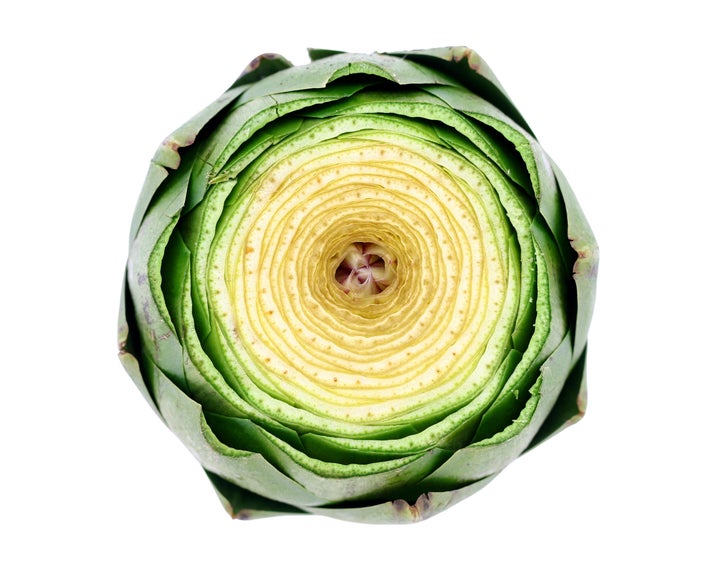
First, you need to cook the artichoke. You can steam it, boil it or even bake it. Then once your artichoke has cooked and cooled off to the point where you can handle it without burning yourself, you must dive into the heart:
- Peel off the outer leaves one by one, eventually revealing the soft leaves underneath (see below ― they’re yellow-ish in color).
- Remove those leaves by gently tugging them out.
- Then you’re left with a fuzzy white layer (also known as the choke) ― with a spoon, carefully scoop out the fuzz without digging too deep into the heart.
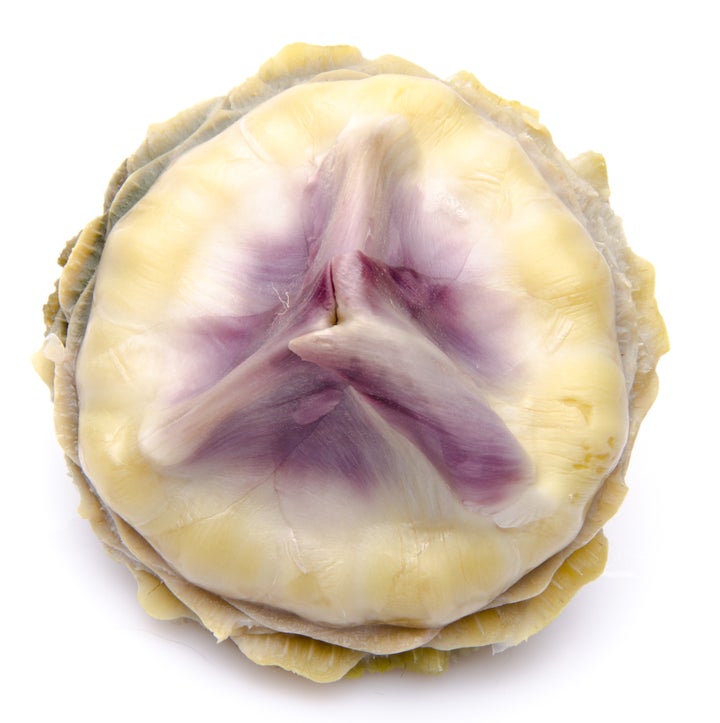
As you can see in this image below, once you get started removing the choke there’s a clear place where it ends and the heart starts. With that insight, you’ll find that this task is infinitely easier than it seems.
Note that you can also repeat this entire process on an uncooked artichoke, but it’s a little more difficult (and prickly).
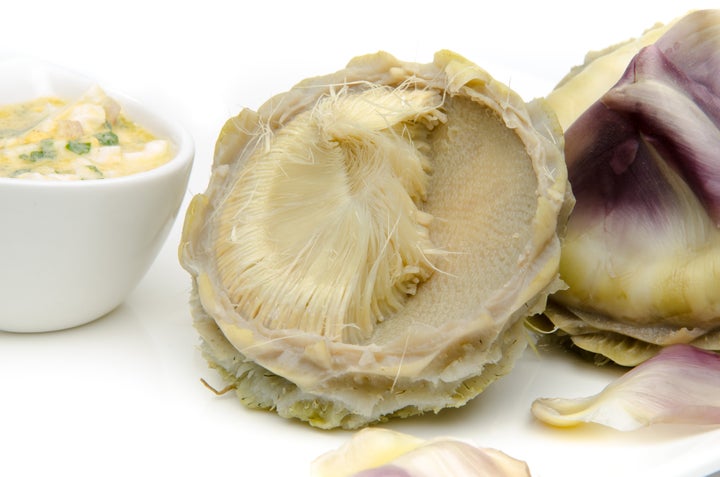
Now, dig in!
